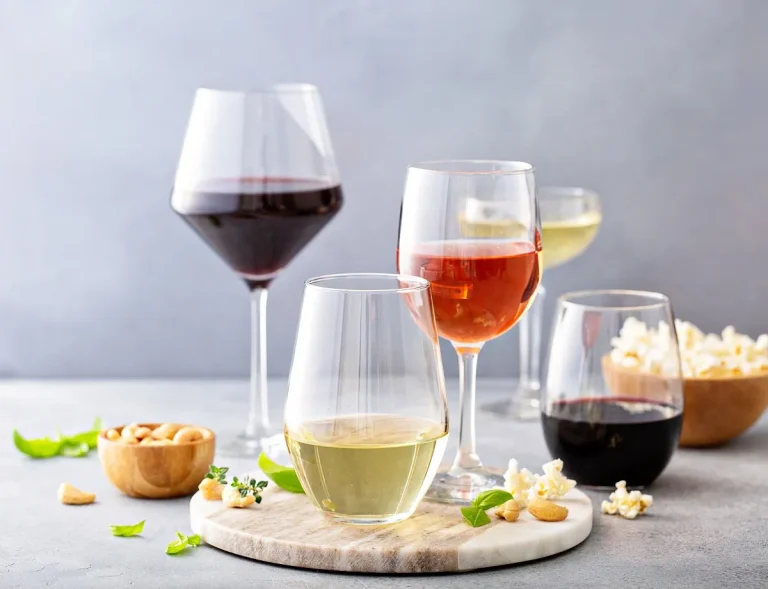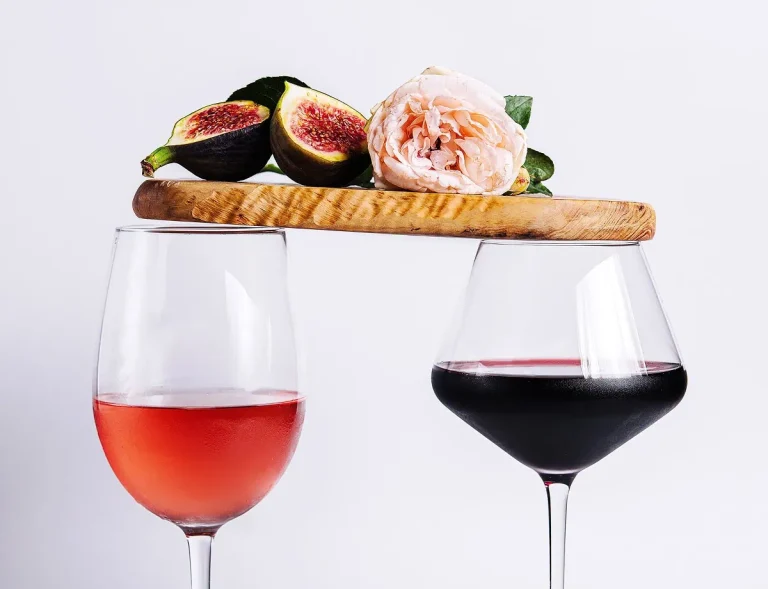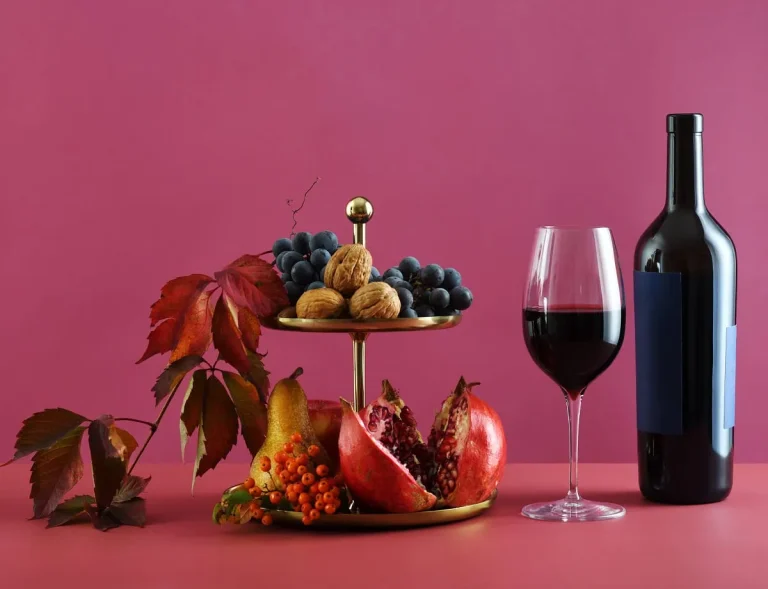🎁 Buy 6 Bottles, Get 6 FREE
Dry Wine vs Sweet Wine
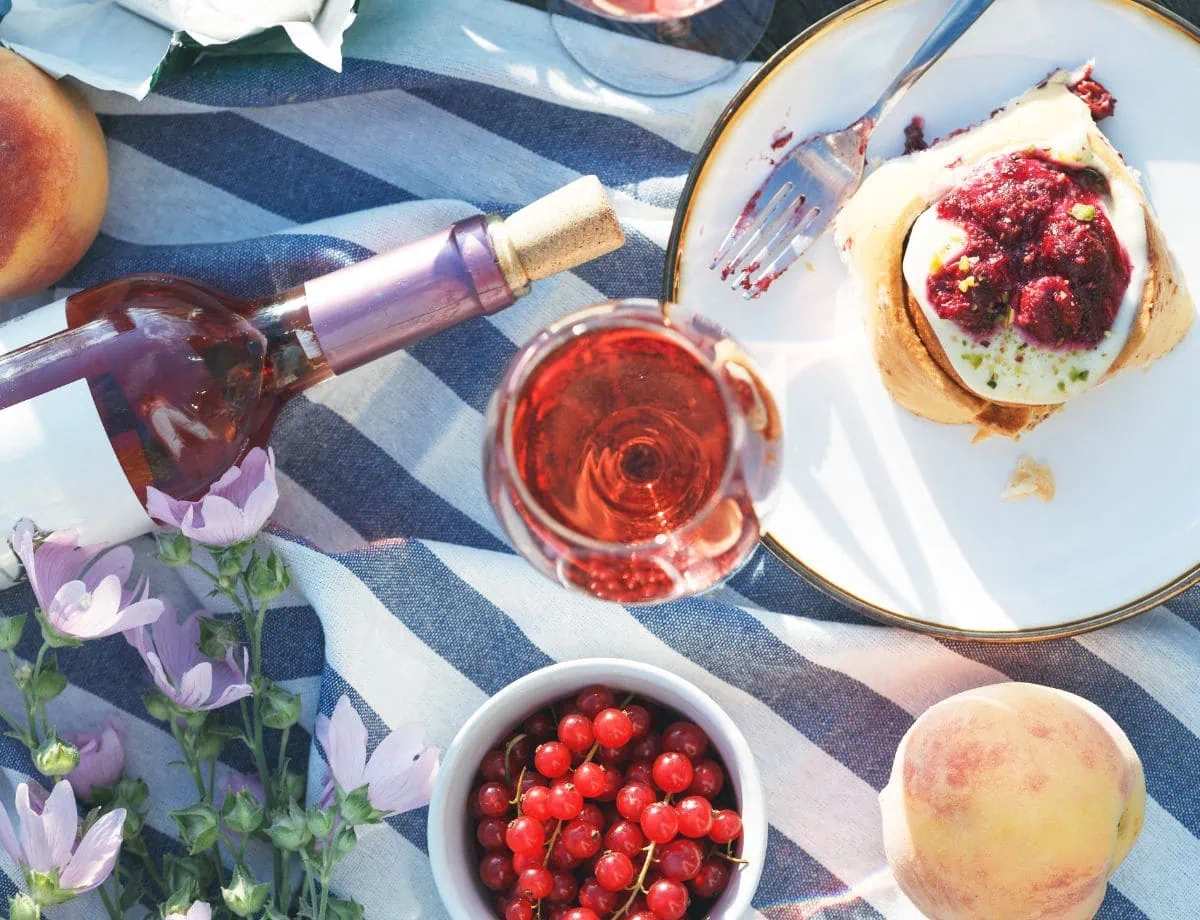
Dry wines contain little to no residual sugar, whereas sweet wines retain a noticeable amount of it from the fermentation process. This contrast in sugar levels leads to distinctly different flavor profiles: dry wines tend to be crisp with fruity or earthy notes, while sweet wines are often rich, luscious, or even syrupy. The primary factor that distinguishes the two is the amount of residual sugar, typically measured in grams per liter (g/L).
Whether you’re just starting to learn about wine or already know a lot, you’ve probably seen the terms “dry” and “sweet” on wine labels. These words are important because they tell you how the wine will taste, what foods it pairs well with, and even how many calories it might have.
But what exactly makes a wine “dry” or “sweet”? And how can you figure out which one you’ll like better? This guide will explain the differences between dry wine vs sweet wine in a simple way, helping you understand both styles so you can choose with confidence next time.
The Key Difference
The main difference between dry and sweet wine is how much residual sugar (RS) it has. Residual sugar is the natural sugar in grapes that stays in the wine after fermentation.
During winemaking, yeast turns grape sugar into alcohol. For dry wines, this process is usually allowed to finish completely, so almost no sugar is left. Sweet wines, however, keep some of the sugar. This can happen by stopping fermentation early or by adding unfermented grape juice later (a method called “back-sweetening”).
How Residual Sugar Affects the Taste
When there’s little or no residual sugar, the wine will taste crisp, light, and not sweet at all. This is why people who like more subtle flavours often enjoy dry wines. Sweet wines, on the other hand, keep more of the natural sugar, giving them a rich, sweet, and noticeable sugary taste.
Quick tip: If you’re unsure whether a wine is dry or sweet, look at the label. Wines with under 4 grams of residual sugar per litre are dry, while those with more than 45 grams per litre are sweet.
Learn more about dry wines and what sets them apart – check out our detailed guide on what is dry wine.
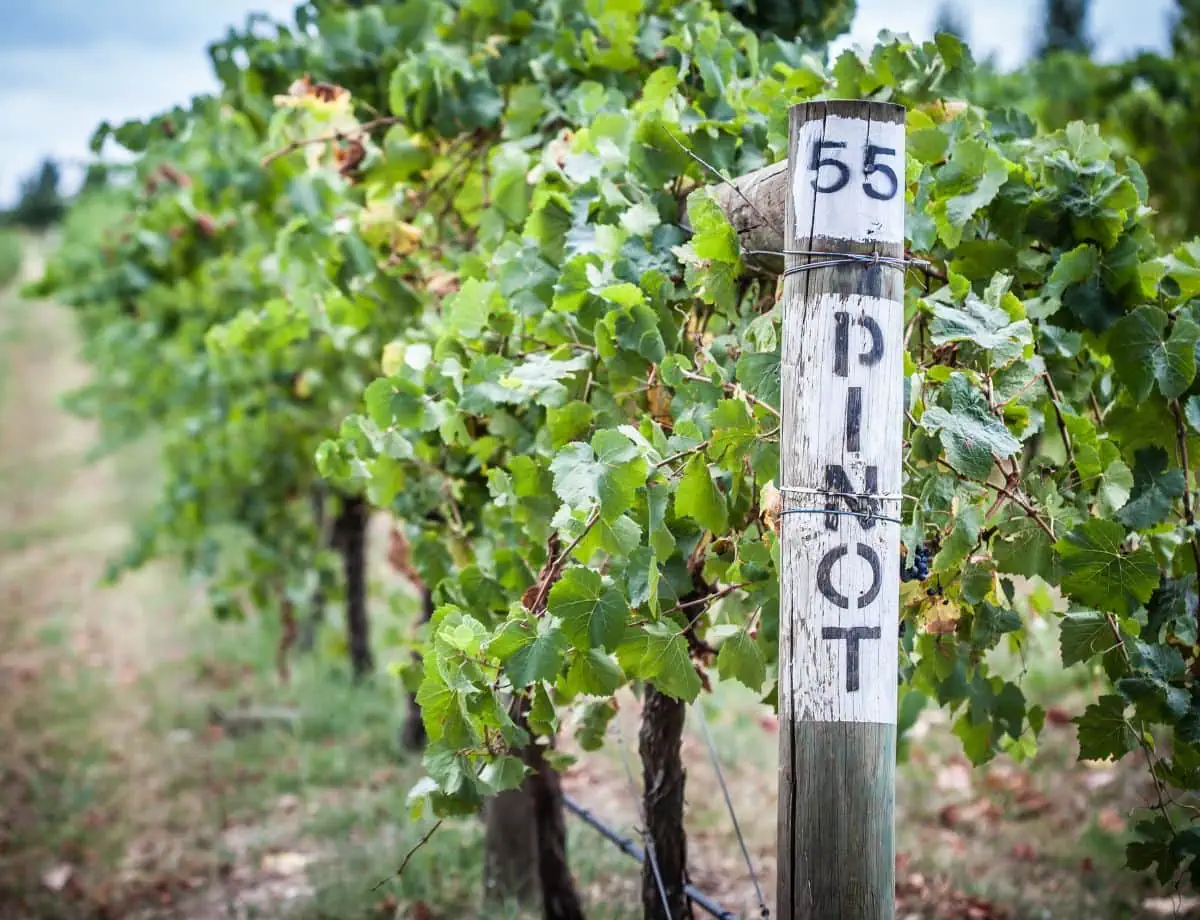
Dry Wine vs Sweet Wine: Taste Comparison Chart
Below, you’ll find a taste comparison chart to help you understand the differences between dry and sweet wines, so you can pick one that suits your taste or matches your meal.
| Attribute | Dry Wine | Sweet Wine |
| Sugar Content | Minimal to none | High residual sugar |
| Flavour Profile | Crisp, acidic, earthy, mineral-driven | Fruity, rich, dessert-like |
| Mouthfeel | Lean, light | Velvety, luscious |
| Aromas | Herbs, citrus, green apple | Honey, apricot, tropical fruits |
| Pairing Potential | Cheese, seafood, roasted veggies | Desserts, spicy dishes, fruit salads |
Not sure how to recognise dryness on the palate? Our guide to what does a dry wine taste like will take you beyond sugar and into the flavour experience itself.
Dry vs Sweet Wine: Examples of Each Style
Wine comes in endless varieties, so it’s worth knowing some popular examples across both dry and sweet categories to guide your wine adventures.
Popular Dry Wines
- Sauvignon Blanc
A crisp white wine often featuring notes of citrus, green apple, and fresh herbs.
- Chardonnay (Unoaked)
Known for its clean palate and notes of lemon and apple without the influence of oak aging.
- Cabernet Sauvignon
A full-bodied red with earthy flavours of dark fruits, tobacco, and sometimes leather.
- Pinot Noir
Light-bodied red wine with bright cherry and cranberry flavours blended with herbal undertones.
Curious if all red wines fall into the dry category? Check out our full guide answering is all red wine dry for a deeper look.
Popular Sweet Wines
- Riesling (Late Harvest)
Balanced by natural acidity, Riesling offers honey sweetness, paired with apple and apricot flavours.
- Moscato
A lightly sparkling, perfumed white wine with big fruity and floral aromatics.
- Port
A fortified wine showcasing bold, sweet flavours such as black cherry, caramel, and raisins.
- Sauternes
A golden dessert wine celebrated for its honeyed richness and tropical fruit notes.
Health and Calorie Differences
– Calorie Counts
The main difference between dry and sweet wines when it comes to nutrition is their calorie content. Sweet wines have more sugar, which means they typically have more calories than dry wines. For example, a standard glass of dry wine (150ml) has about 120-130 calories, while sweet wines can have 160-200 calories per glass.
Did you know? Alcohol actually affects calorie content more than sugar does. Wines with a higher alcohol percentage (above 13.5% ABV) will usually have more calories, no matter how sweet they are.
– Sugar Content
For anyone monitoring their sugar intake, dry wine is the clearer choice. Sweet wine’s high residual sugar content can significantly impact your daily consumption, making it less suitable for those on low-sugar diets.
Difference (Without Tasting)
Labels can be vague, but these clues help decode sweetness:
| German Wine Classifications | Trocken = dry Halbtrocken = off-dry Spätlese / Auslese / Beerenauslese = increasingly sweet |
| Alcohol Percentage | Higher alcohol (13–15%) = dry (more sugar fermented) Lower alcohol (8–12%) = sweeter (fermentation halted early) |
| Grape Clues | Cabernet, Merlot, Chardonnay – usually dry Riesling, Gewürztraminer, Moscato – may be sweet or dry |
| Region Clues | Dry regions: Burgundy, Champagne, Barolo, Australia |
Dry Wine vs Sweet Wine: Which Style is Right for You?
Choosing between dry and sweet wine comes down to your taste, the occasion, and even your dietary preferences. Here are some simple questions to help you decide next time you’re picking a bottle:
- What are you eating? Dry wines go well with savoury foods, while sweet wines are great with desserts and bold Asian dishes.
- Do you like bold or subtle flavours? Sweet wines are usually richer and more intense, while dry wines have a lighter, more subtle taste.
- Are you watching your calories? Dry wines are often a better choice if you’re trying to keep things light.
- Want to try something new? There are wines that aren’t fully dry or fully sweet. Semi-dry wines like off-dry Riesling or Gewürztraminer are a great middle option to explore.
If you love crisp, earthy flavours or prefer rich, sweet ones, learning the difference between dry and sweet wines can make your wine journey even more exciting.
Not sure how to start? Try a dry Sauvignon Blanc and a sweet Riesling side by side to see which one you like best.
Enjoy your tasting!
